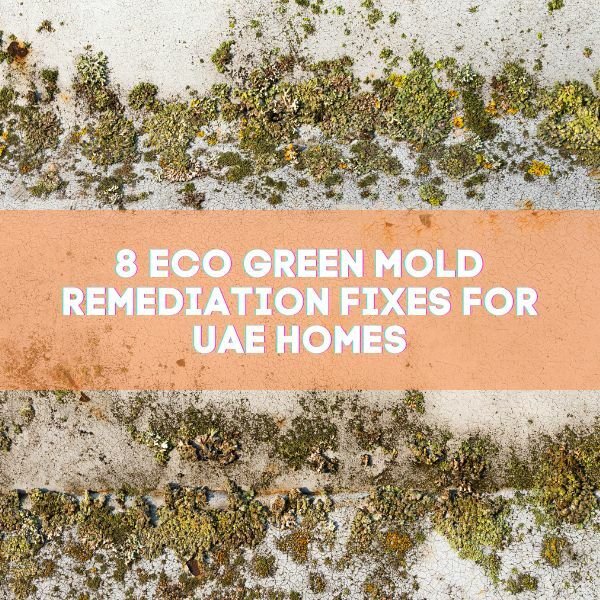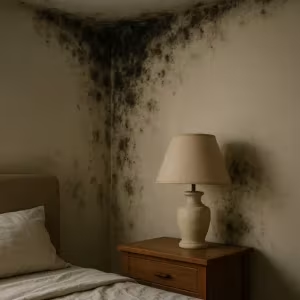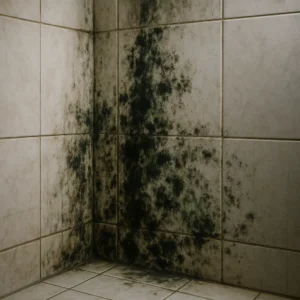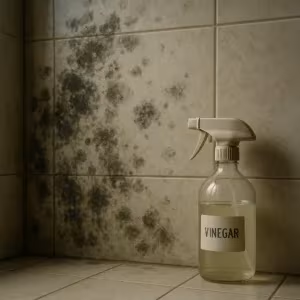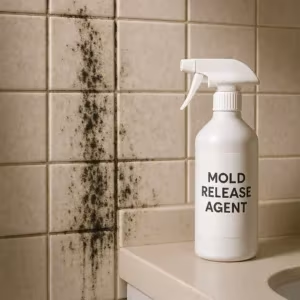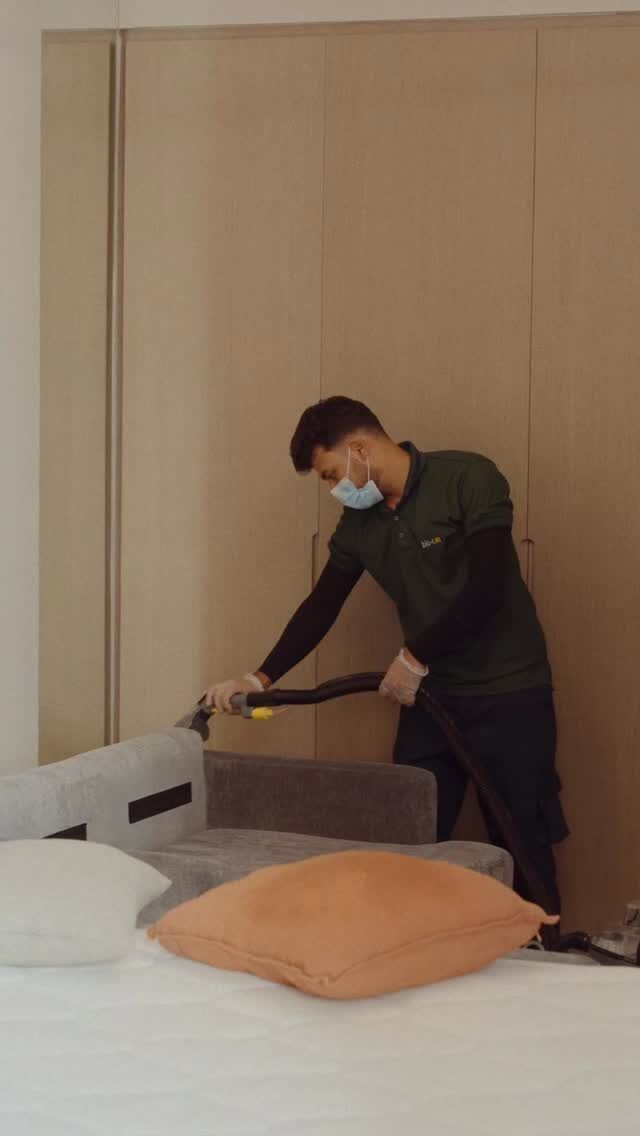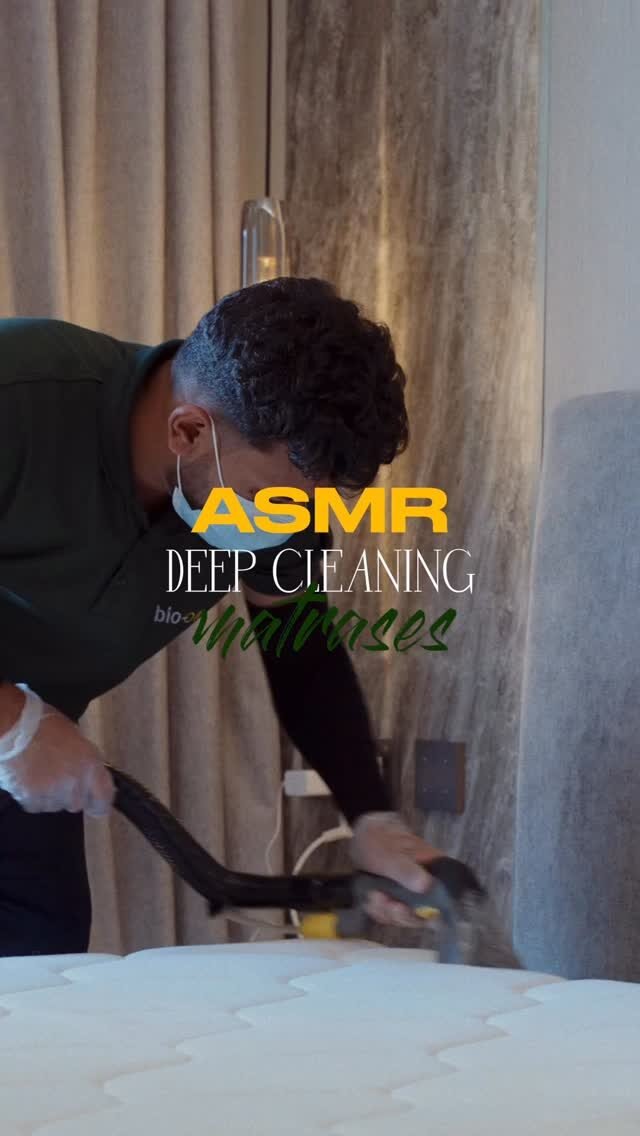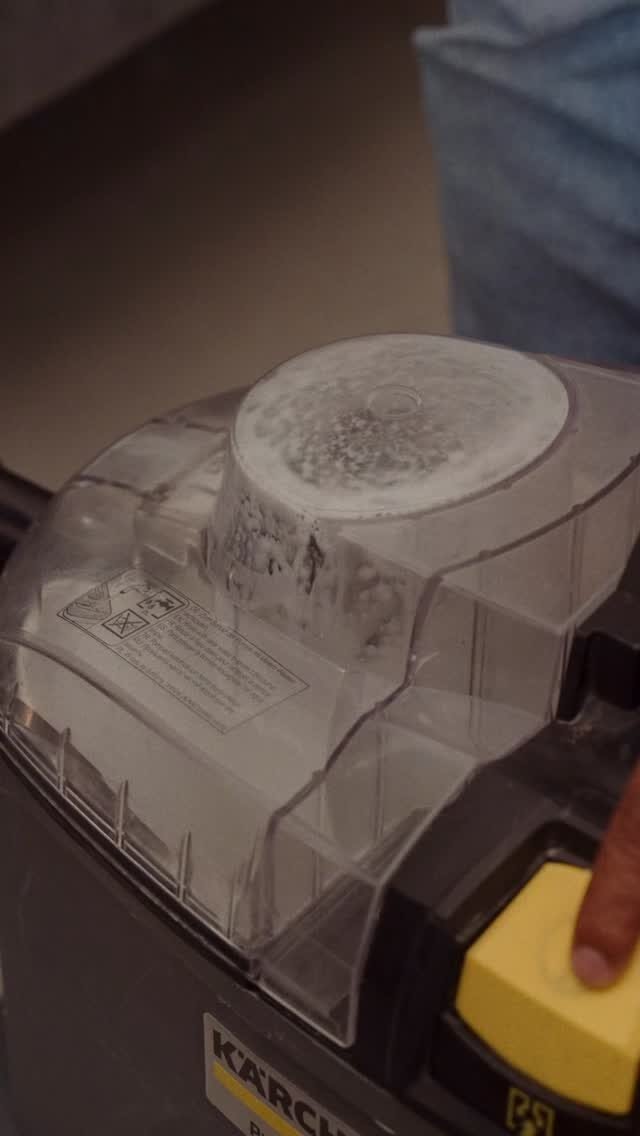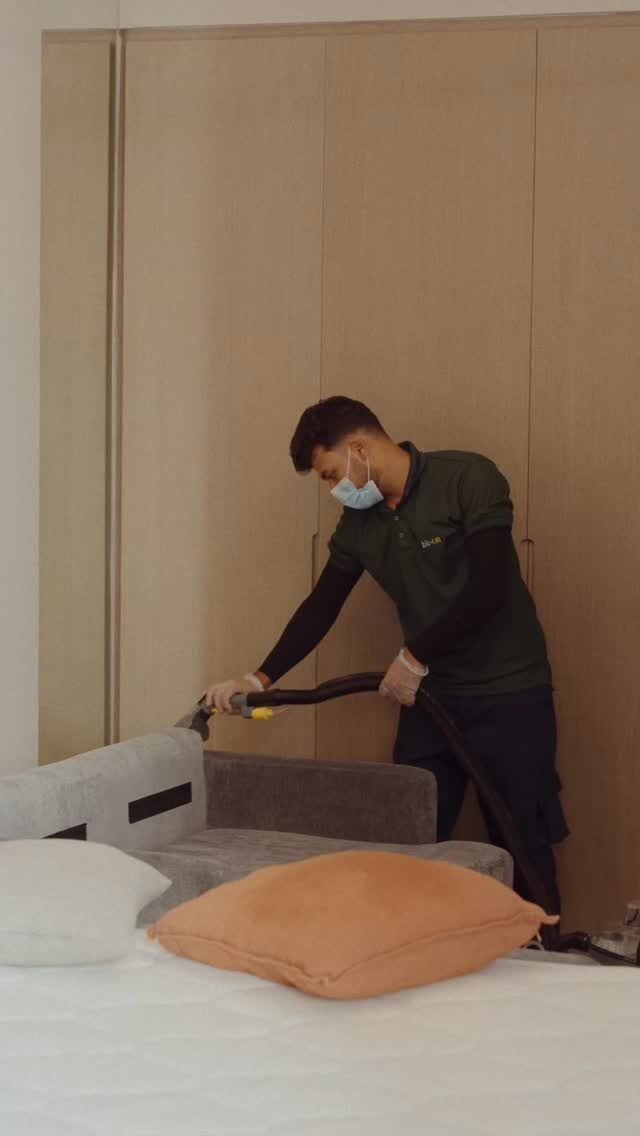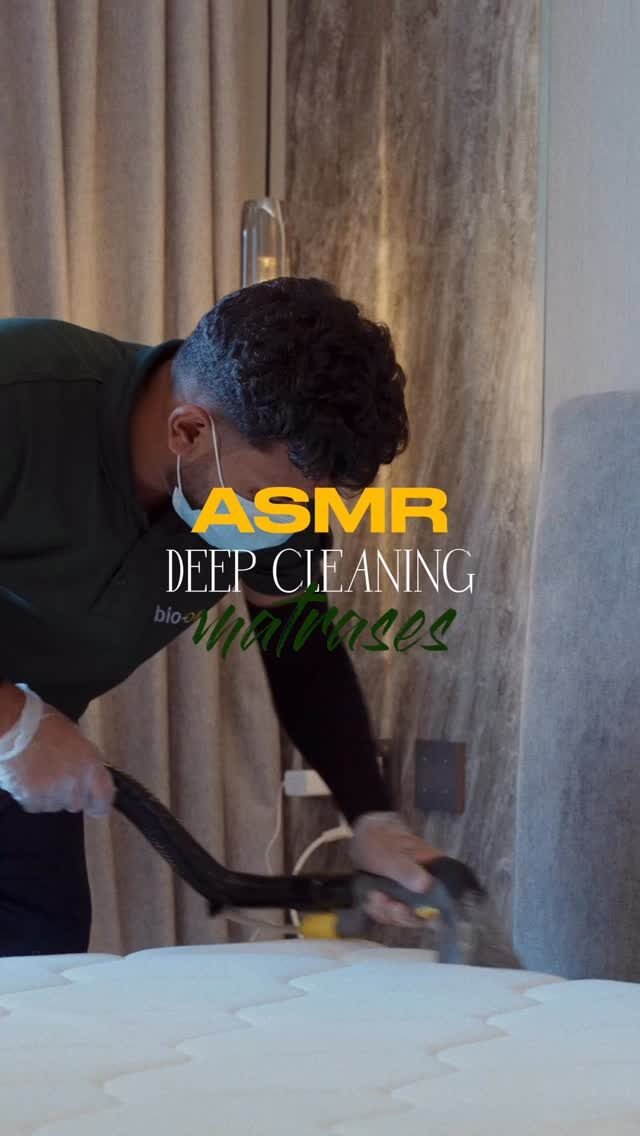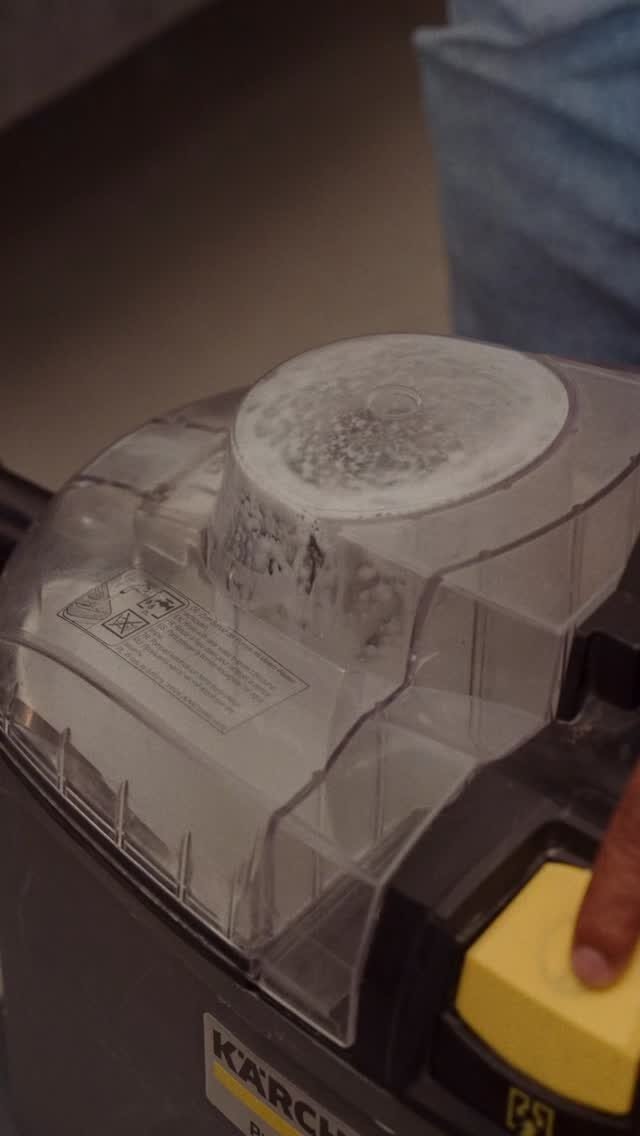Hello and welcome to our latest exploration on how to maintain a healthy and clean living environment! Today, we’re diving into the topic of eco green mold remediation, a crucial aspect of home maintenance that often goes overlooked until it’s too late. Understanding how to control mold formation not only ensures the longevity of your property but also safeguards the health of its inhabitants.
Why is this discussion important? Mold can cause a variety of health issues, and with the increasing awareness towards eco-friendly solutions, finding green methods to combat mold has never been more essential. Join us as we explore five top home control tips that are both effective and environmentally friendly.
Table of Contents
ToggleTip 1: Humidity and Ventilation Control
Managing humidity and ensuring proper ventilation are pivotal steps in preventing mold growth in your home. Mold thrives in moist environments, making it essential to keep indoor humidity levels under control. The ideal humidity level for your home should range between 30% and 50%. Maintaining this range can significantly reduce the risk of mold formation.
One effective way to monitor and control humidity is by using a hygrometer, a device that measures the moisture content in the air. If humidity levels are consistently high, employing dehumidifiers in areas prone to dampness, such as basements, laundry rooms, and bathrooms, can help in maintaining a dryer environment.
Ventilation plays a critical role in preventing mold by reducing moisture levels and improving air quality. Ensuring that areas with a high moisture content, like kitchens and bathrooms, are well-ventilated can prevent the accumulation of damp air. Installing exhaust fans that vent directly outside and not into attic spaces or other areas inside the home can effectively remove moist air from these high-humidity rooms.
For natural ventilation, make it a habit to open windows and doors whenever weather permits, promoting cross-ventilation. This practice not only reduces humidity but also introduces fresh air, diluting the concentration of mold spores that might be present indoors. During colder months, when opening windows may not be practical, make sure that heating systems are well-maintained and that furniture does not block heating vents, allowing for proper air circulation.
In addition to mechanical and natural ventilation methods, consider the use of air conditioning units during hot, humid seasons. Air conditioners not only cool the air but also remove moisture, contributing to a lower indoor humidity level. Ensure that your air conditioning units are regularly serviced and that the drip pans and drain lines are clean and unobstructed to prevent water accumulation.
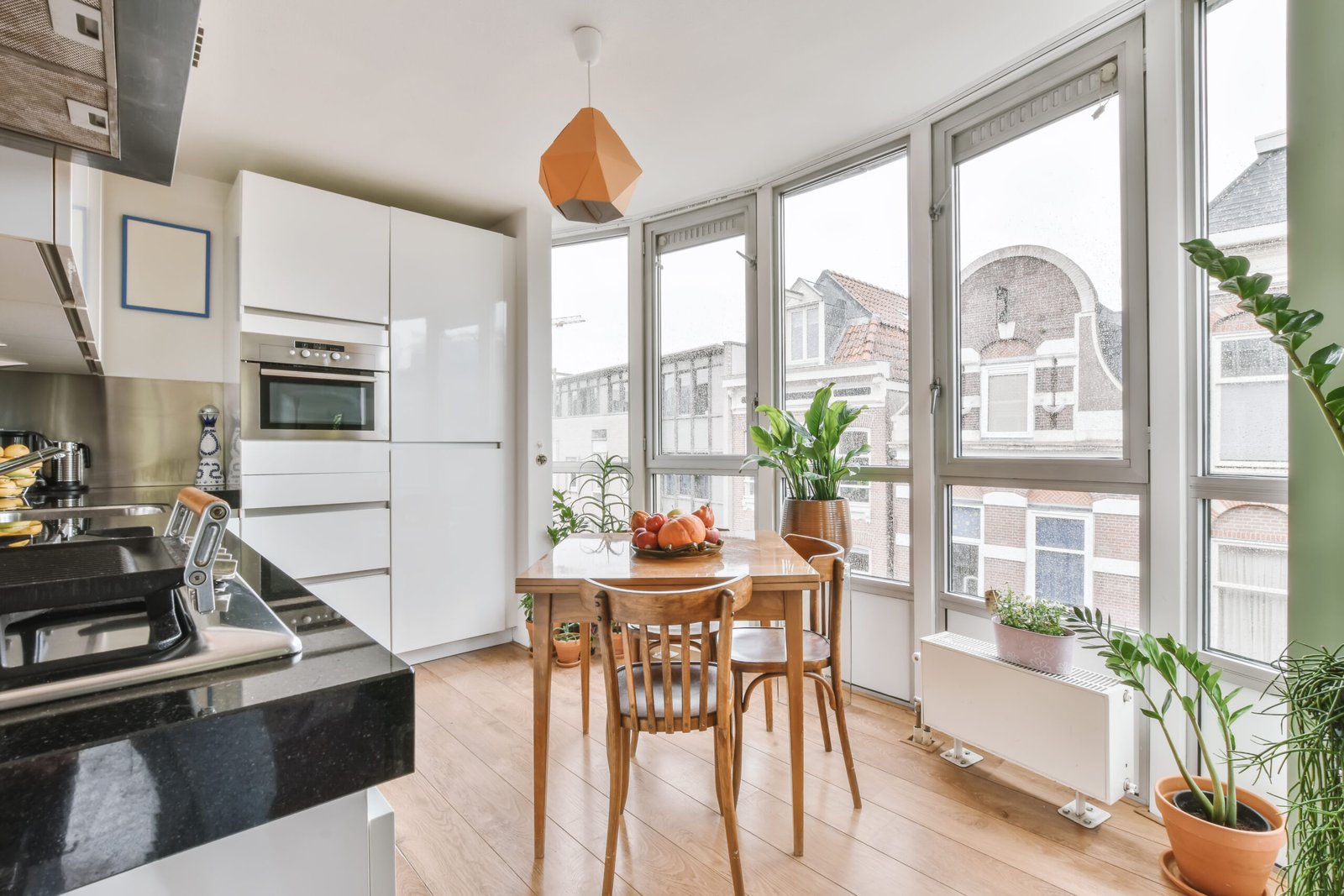
Regular checks for leaks in plumbing, roofs, windows, and doors are also essential in preventing moisture accumulation that can lead to mold growth. Addressing leaks promptly and ensuring that your home has adequate drainage will further aid in maintaining the correct humidity levels and ensuring a mold-free environment.
Tip 2: Natural Cleaning Solutions
In the quest for eco green mold remediation, natural cleaning solutions stand out for their effectiveness and environmental safety. Unlike chemical-based cleaners, natural solutions pose no risk to indoor air quality or the health of your home’s occupants. Here are several natural agents that can be employed to combat mold:
- Vinegar: Acetic acid in vinegar is a potent mold killer, effective against most mold species. For use, fill a spray bottle with white distilled vinegar and apply it directly to the affected area. Do not rinse. The strong vinegar smell will dissipate within a few hours. For stubborn mold, repeat applications may be necessary.
- Baking Soda: Baking soda, used in conjunction with vinegar, can tackle mold effectively. After spraying the vinegar solution and allowing it to dry, sprinkle baking soda over the area and scrub with a brush. This combination helps in killing mold and absorbing moisture, which prevents future growth.
- Tea Tree Oil: Known for its antifungal and antibacterial properties, tea tree oil is a powerful mold eliminator. Mix 1 teaspoon of tea tree oil with a cup of water in a spray bottle. Shake well and spray onto moldy surfaces. Leave it on without rinsing. This solution not only kills existing mold but also acts as a deterrent against new growth.
- Hydrogen Peroxide: A 3% hydrogen peroxide solution can be applied directly to moldy surfaces. Let it sit for about 10 minutes before scrubbing the area clean and wiping it dry. Hydrogen peroxide effectively kills mold and mildew without leaving toxic residues.
- Grapefruit Seed Extract: Similar to tea tree oil, grapefruit seed extract is a non-toxic, natural cleaner that acts as a disinfectant. Mix 10 drops of the extract with a cup of water in a spray bottle for an odorless mold cleaning solution. Spray onto the moldy surface, allow it to dry, and do not rinse.
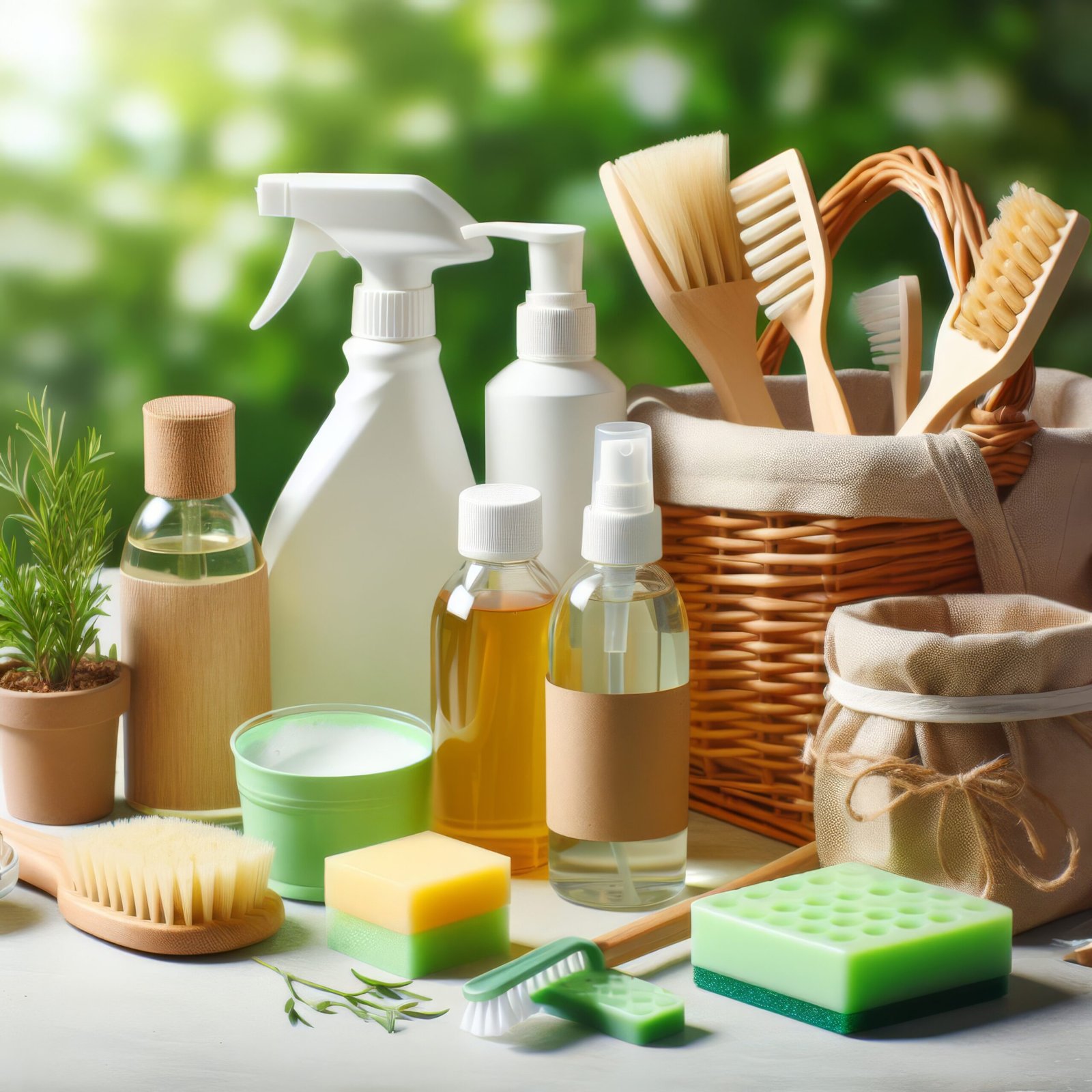
By employing these natural cleaning solutions, you can achieve effective mold remediation without compromising on environmental values or health safety. Remember to always wear protective gloves and masks when dealing with mold to avoid exposure to spores.
Tip 3: Regular Home Maintenance Checks
Regular home maintenance checks are essential for preventing mold growth by identifying and addressing potential issues before they escalate. A proactive approach to maintenance can save time, money, and health problems down the line. Here’s a breakdown of critical areas to focus on:
- Inspect Roof and Gutters: Check for damaged shingles, leaks, and ensure gutters are clean and free of debris. Water should be directed away from the foundation to prevent moisture infiltration.
- Examine Windows and Doors: Look for signs of wear in seals and weather-stripping. Proper sealing prevents water and moisture from entering the home, crucial in mold prevention.
- Plumbing Systems: Regularly inspect pipes, faucets, and appliances for leaks. Even small drips can create moist environments ideal for mold growth.
- Ventilation Systems: Ensure that your home’s ventilation systems, such as bathroom exhaust fans and range hoods, are clean and functioning efficiently. They play a vital role in removing excess moisture.
- Foundation and Basement: Check for cracks or signs of moisture in your foundation or basement. Use a dehumidifier if necessary to keep humidity levels in check.
- Interior Humidity Levels: Use a hygrometer to monitor the humidity levels inside your home, keeping them between 30% and 50% to deter mold growth.
- Air Conditioning and Heating Units: Ensure these systems are serviced regularly. Clean or replace filters as needed to maintain indoor air quality and prevent mold spores from circulating.
- Attic: Inspect your attic for proper insulation and ventilation. Look for any signs of water intrusion or condensation, which can lead to mold problems.

By adhering to a regular maintenance schedule, you can identify potential problems early, address them promptly, and maintain a healthier, mold-free home environment. This proactive stance not only safeguards your home’s structural integrity but also its occupants’ health.
Tip 4: Plant-based Mold Prevention
Integrating plant-based solutions into your home can serve as an effective and natural method for mold prevention. Plants have the remarkable ability to purify air, increase humidity levels appropriately, and reduce the presence of mold spores. Here are specific ways plants can contribute to a healthier indoor environment:
- Air Purification: Certain plants have been scientifically recognized for their air-purifying abilities. They can absorb harmful toxins and pollutants from the air, including mold spores, through the process of photosynthesis. Spider plants, peace lilies, and snake plants are among the top performers in improving indoor air quality.
- Humidity Regulation: Some plants can help maintain optimal humidity levels in your home. Boston ferns, for example, are natural humidifiers and can help keep your home’s air from becoming too dry without fostering mold-friendly conditions. Conversely, cacti and succulents absorb excess moisture from the air, making them ideal for areas prone to dampness.
- Deterring Mold Growth: Certain plants produce substances that naturally deter mold and bacteria. The Australian tea tree, for instance, emits compounds that have antifungal and antibacterial properties, which can help keep mold at bay. Placing these plants around your home can contribute to a less hospitable environment for mold.
- Creating a Healthy Microclimate: By strategically placing a variety of these plants throughout your home, you can create a microclimate that actively works against the conditions mold needs to thrive. This strategy involves balancing plants that add and remove moisture from the air, as well as those that purify it.
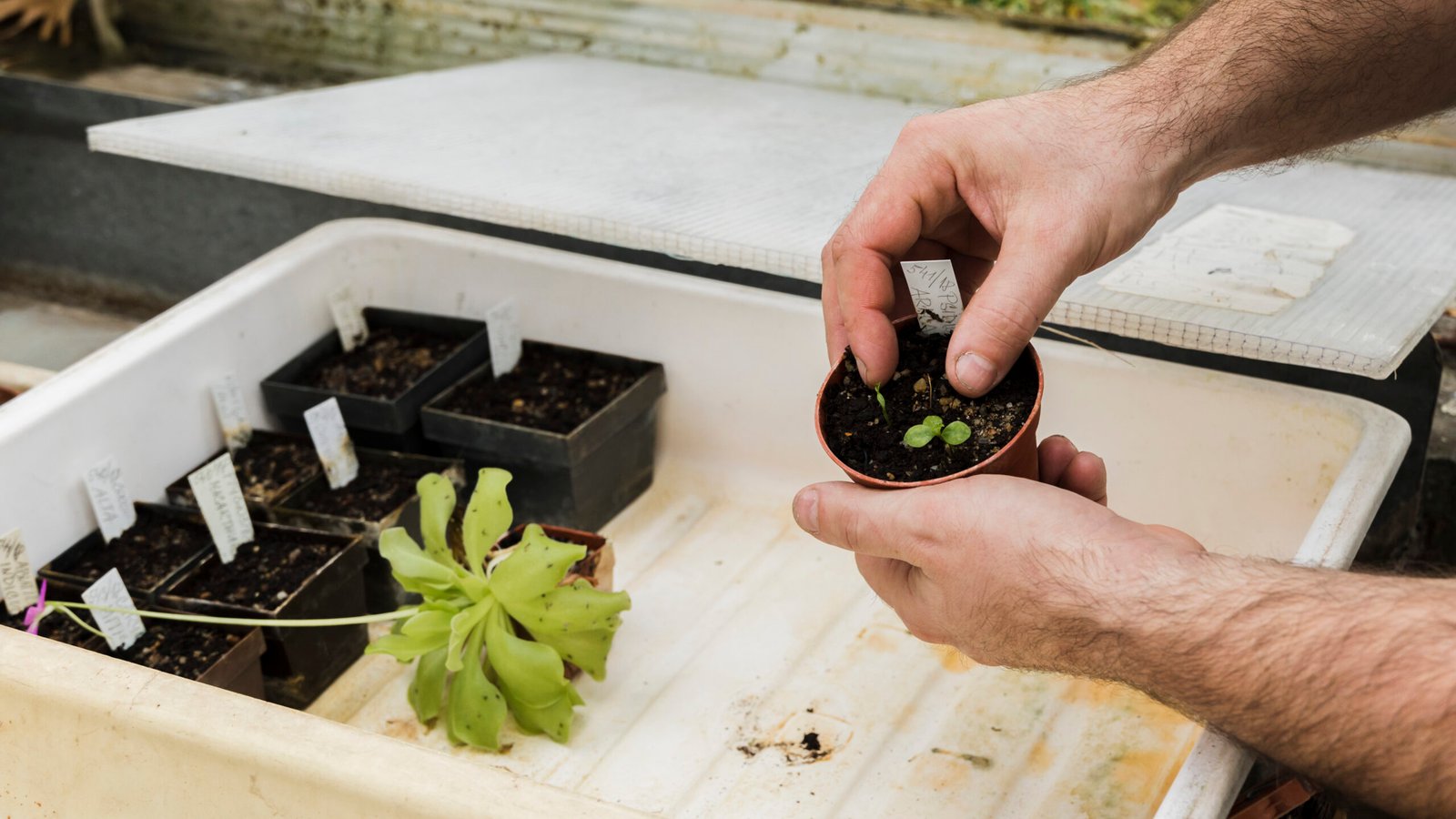
Incorporating these plant-based strategies into your home doesn’t just contribute to mold prevention; it also enhances the overall aesthetics and air quality of your living space. Remember, while plants can significantly aid in maintaining a healthy indoor environment, they should be part of a broader mold prevention strategy that includes humidity control, proper ventilation, and regular cleaning.
Tip 5: Smart Material Choices in Home Decor
Choosing smart materials for your home decor can significantly impact mold prevention efforts, particularly in areas prone to dampness and moisture. Materials that resist moisture absorption, discourage mold growth, and are easy to clean will keep your home healthier and more durable over time. Here are some smart material choices for various aspects of home decor:
- Paint: Opt for mold-resistant paints, especially in high moisture areas like bathrooms and kitchens. These paints contain antimicrobials that inhibit the growth of mold and mildew on the paint surface.
- Flooring: Avoid carpeting in areas that are susceptible to moisture, such as basements and bathrooms. Instead, consider tile, polished concrete, or water-resistant laminate flooring. These materials do not harbor mold spores and are easier to keep dry.
- Furniture: Choose furniture made of metal, glass, or hard plastics for areas where moisture might be an issue. These materials are less porous than wood and fabric, making them less likely to support mold growth. If you prefer wood, go for solid pieces treated with a mold-resistant sealant.
- Window Treatments: Instead of heavy drapes that can absorb moisture and dust, opt for blinds or shades made of vinyl, metal, or wood that are easier to clean and less likely to promote mold growth.
- Bathroom Fixtures: Use non-porous materials for bathroom fixtures and countertops, such as porcelain, glass, or stainless steel. These materials resist moisture and are straightforward to clean, reducing the chances of mold developing.
- Insulation: Choose mold-resistant insulation products, such as fiberglass or foam board, which do not provide food for mold as some cellulose-based products do.

By integrating these smart material choices into your home decor and construction, you not only enhance the aesthetics of your living spaces but also invest in the long-term health and sustainability of your home. Making informed decisions about the materials you bring into your home can significantly reduce the risk of mold growth, contributing to a cleaner, safer indoor environment.
Tip 6: Improve Water Drainage Systems
Improving your home’s water drainage systems is a crucial step in mold prevention, as proper drainage can significantly reduce moisture accumulation around your property, a key factor in mold growth. Here are several strategies to enhance your home’s drainage system effectively:
- Gutters and Downspouts: Ensure that your gutters are cleaned regularly to prevent blockages that can cause water to overflow and accumulate around your home’s foundation. Extend downspouts away from the house to direct water at least 5 feet away from the foundation. This helps in preventing water from pooling around the base of your home, which could seep into basements or crawl spaces.
- Slope Grading: Check the slope of the land around your home. The ground should slope away from your foundation to facilitate water flow away from the house. A proper grade is essential to prevent water from pooling around your home, which is a common cause of basement flooding and foundation damage.
- French Drains: Installing a French drain can be an effective way to direct water away from your home. A French drain is a gravel-filled trench that includes a perforated pipe. It is designed to capture and redirect groundwater away from your property, thereby preventing water accumulation.
- Dry Wells: In areas where water collects frequently, a dry well can be a solution. A dry well is an underground pit filled with gravel or stones, which collects excess water and slowly releases it into the surrounding soil, away from the home.
- Sump Pumps: For homes with basements, a sump pump is an essential tool for managing water intrusion. It pumps water out of the basement and away from the home, preventing moisture buildup that can lead to mold growth.
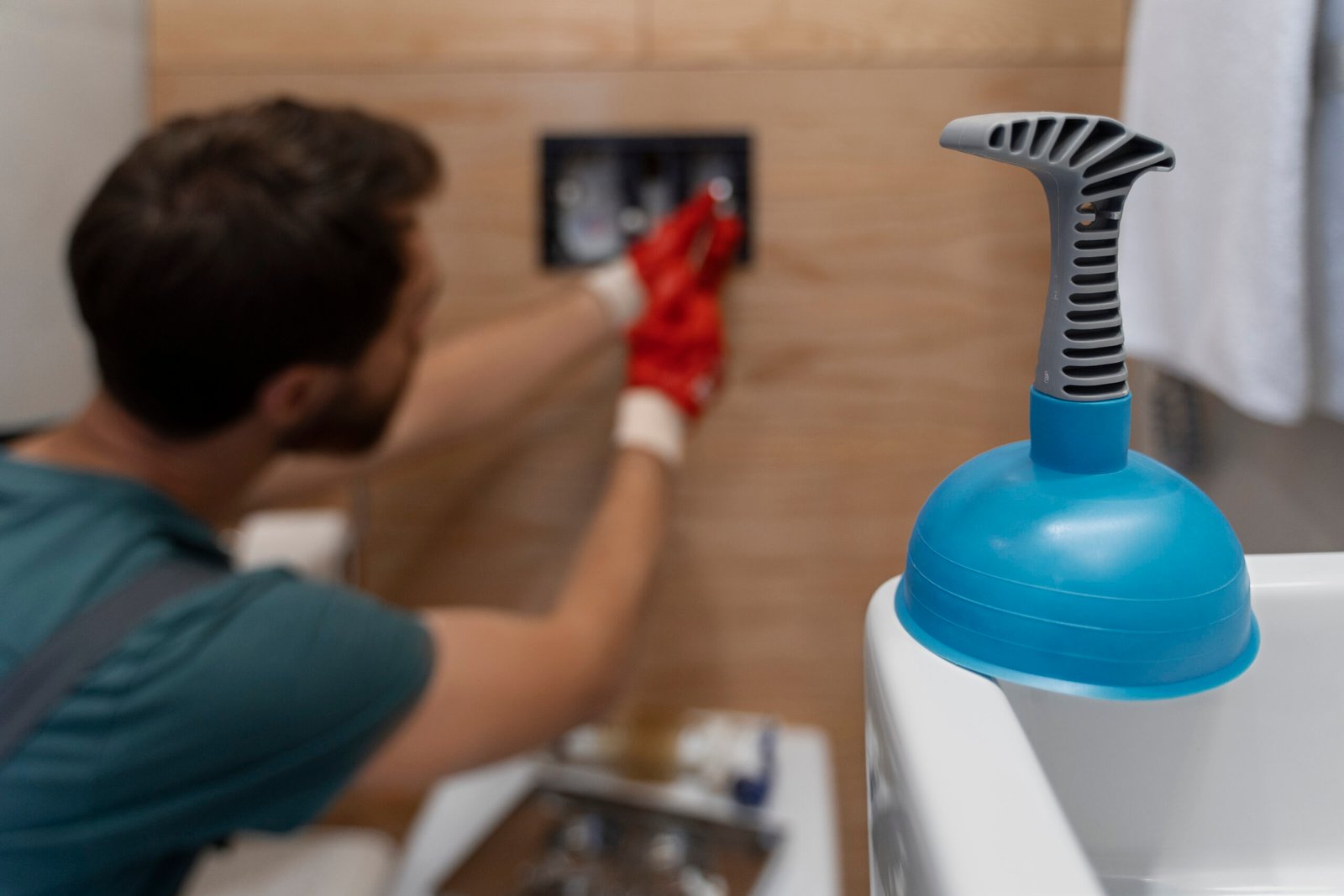
By implementing these measures, homeowners can effectively manage rainwater and groundwater flow around their property, minimizing the risk of water intrusion and mold growth. Regular maintenance of your drainage system is key to ensuring its effectiveness and longevity, helping keep your home dry and mold-free.
Tip 7: Utilize Sunlight and Fresh Air
Utilizing sunlight and fresh air is a simple yet highly effective strategy for mold prevention in your home. Sunlight is a natural disinfectant, and fresh air helps to reduce indoor humidity levels, two critical factors in combating mold growth. Here’s how to make the most of these natural resources:
Firstly, make it a habit to open curtains and blinds during the day to allow sunlight to enter your home. Sunlight’s ultraviolet rays can inhibit mold growth on surfaces where light reaches. Consider trimming trees or shrubs that block sunlight from windows to increase natural light exposure inside your home.
Secondly, enhance air circulation by regularly opening windows and doors when weather conditions permit. This practice not only brings in fresh air but also helps to flush out potential mold spores and reduce moisture levels inside your home. For areas where natural ventilation is limited, consider installing trickle vents on windows to improve air exchange.
Additionally, use fans to promote air movement within your home. Ceiling fans or standing fans can assist in circulating air, especially in rooms that do not receive adequate natural airflow. This is particularly important in areas like bathrooms and kitchens, where moisture levels tend to be higher.
For households in climates where humidity is a concern, combining the use of air conditioners with opening windows at appropriate times can help maintain a balance between cooling and air exchange. Air conditioners reduce indoor humidity levels, while brief periods of open windows allow for a natural exchange of indoor and outdoor air.

Incorporating these practices into your daily routine can significantly contribute to maintaining a mold-resistant environment. By leveraging the power of sunlight and fresh air, you create a living space that is not only healthier but also more pleasant and welcoming.
Tip 8: Professional Mold Assessment and Remediation.
While adopting preventative measures against mold is crucial, situations may arise where professional mold assessment and remediation become necessary. This step is vital when dealing with extensive mold growth that cannot be effectively managed with simple home remedies or when mold is located in hard-to-reach areas. Professional mold remediation services offer a comprehensive approach to not just eliminating current mold issues but also preventing future occurrences.
Professionals in mold remediation begin with a thorough assessment of the affected area to determine the extent of mold growth and the moisture source causing it. This assessment is critical as it informs the remediation strategy, ensuring that the mold removal process is thorough and effective. Specialists use advanced tools, such as moisture meters and infrared cameras, to detect hidden moisture and mold that wouldn’t be visible to the naked eye.
Following the assessment, professionals will contain the affected area to prevent the spread of mold spores to other parts of the home during the removal process. This containment is often achieved using physical barriers and negative air pressure chambers. The remediation process itself involves the use of specialized equipment and techniques to safely remove mold-infested materials and clean the area with EPA-approved biocides and fungicides.
After mold removal, the focus shifts to drying out the area and correcting any moisture issues to prevent mold from returning. This might include repairs or improvements to ventilation, plumbing, or the building envelope. Finally, a post-remediation assessment verifies the effectiveness of the remediation efforts, ensuring the area is mold-free and safe for occupants.
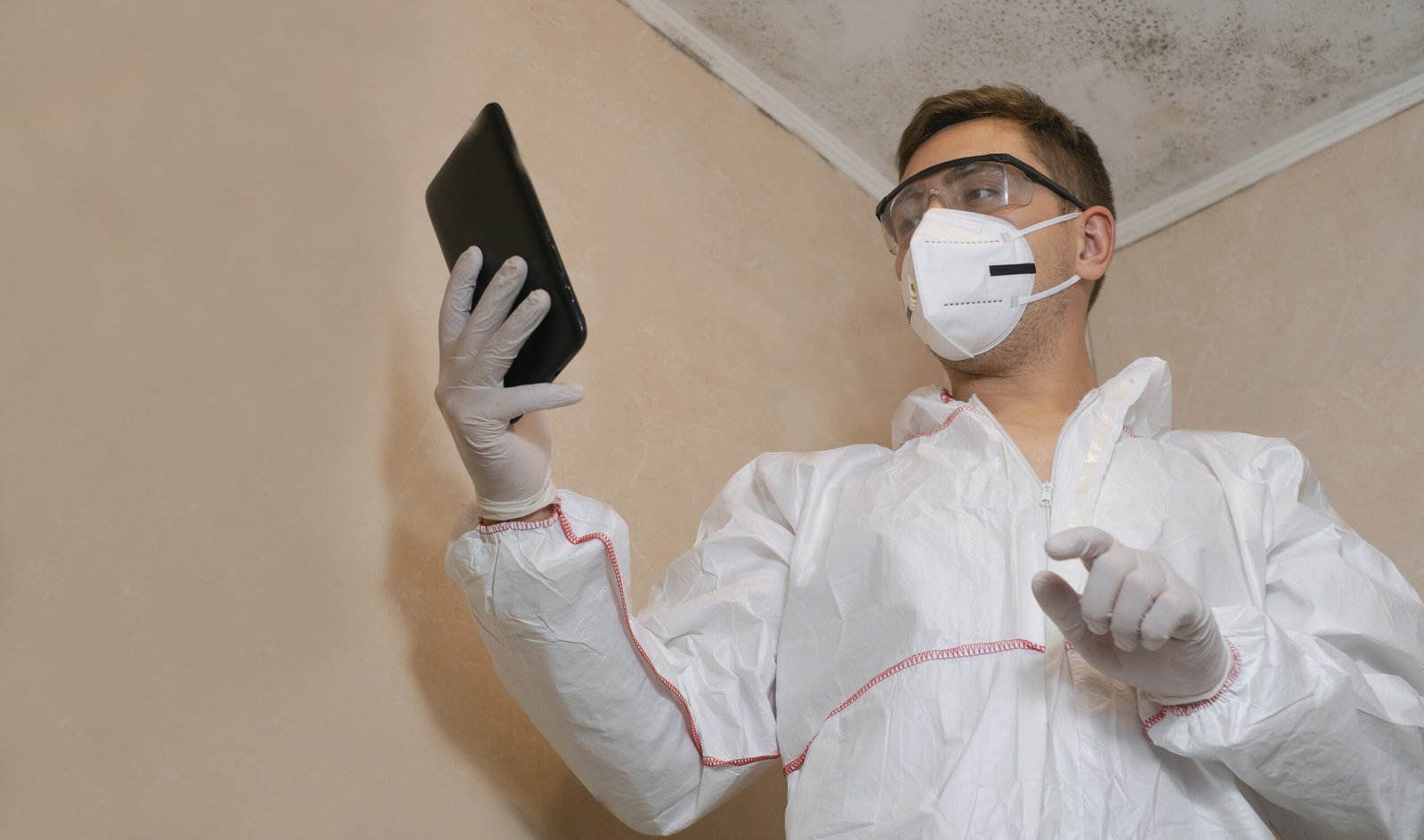
Relying on professional mold assessment and remediation services ensures that mold issues are handled efficiently and effectively, safeguarding your home and health. Professionals are equipped with the knowledge, experience, and tools necessary to tackle mold at its source, providing peace of mind that the problem is thoroughly addressed.
Why Bio On is Your Go-To Solution for Eco Green Mold Remediation
Bio-On stands out as your definitive solution for mold challenges, offering an unparalleled blend of expertise, eco-friendliness, and comprehensive mold remediation services. Our team is equipped with cutting-edge technology and deep industry knowledge, ensuring accurate mold assessment and effective removal. We prioritize eco-friendly methods, safeguarding your health and the environment while effectively addressing mold at its source. Our services extend beyond remediation to include preventive advice and solutions, aiming for long-lasting protection against mold recurrence. With Bio-On, you gain access to 24/7 professional consultation, ensuring that expert help is just a click away. Trust us to restore the health and safety of your environment, making your space mold-free with sustainable practices.
Conclusion
In conclusion, combating mold effectively requires a combination of proactive measures, natural solutions, and, when necessary, professional intervention. By understanding and implementing strategies such as controlling humidity, utilizing natural cleaners, conducting regular maintenance, and seeking professional help from Bio-On for complex cases, you can maintain a healthy, mold-free environment. Each approach plays a crucial role in not just eliminating existing mold but also preventing future growth, ensuring your living space remains safe and comfortable. If mold issues persist or you seek expert guidance, don’t hesitate to contact the Bio On team via the WhatsApp button for a free consultation. Let us help you achieve and maintain a pristine home environment.







